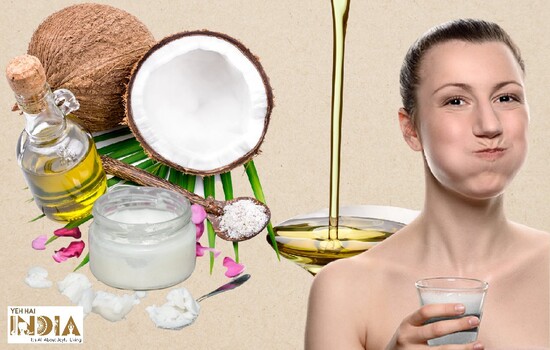Oil pulling is an age-old remedy frequently recommended by ayurvedic experts to get relief from a wide range of dental problems.
Oil Pulling is a traditional Indian folk remedy employed for maintaining oral hygiene. According to Ayurvedic experts, the mouth is considered as a mirror of the general health status of an individual.. Maintaining oral hygiene is as important as any other part of the human body.
The oral cavity serves as a habitat for several billion microorganisms, both living and dormant. The balance between these two kinds of micro-organisms is important to maintain not only your oral health but also your overall health.
As a dentist, I can tell you here that there are numerous oral hygiene maintenance techniques. It is not mandatory to follow all of them every day.
The usual advice you get from professionals and others is to brush your teeth twice a day. Other additional procedures vary from flossing to oil pulling depending on your needs and preferences.
Oil Pulling is an unconventional topic that is very little talked about in the field of dentistry. Most of dentistry pays no attention to this hugely benefitting remedy.
The major reason for the evidence-based modern medicine not acknowledging the benefits reaped with regular practice of oil pulling is because of the lack of evidence through proper observation and research.
What is Oil Pulling?
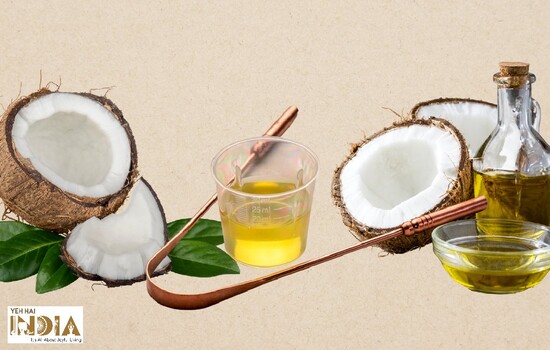
Oil pulling is a method of swishing oil (typically coconut oil or sesame oil) between the teeth and gums for ten to fifteen minutes and then spitting it out. The intent is to clean teeth, and gums and remove toxins from the mouth.
The practice is an Ayurvedic therapy mentioned in the texts Charak Samhita and Sushruta Samhita as ‘Kavala Graha’ or ‘Kavala Gandoosha’ for oral hygiene maintenance.
Both these are two different techniques where the Kavala Graha involves swishing with a small quantity of oil while the Kavala Gandoosha recommends filling the mouth completely with oil.
Recommended Story – Best Ayurvedic Oils For Body Massage
How to Pull Oil the Right Way?
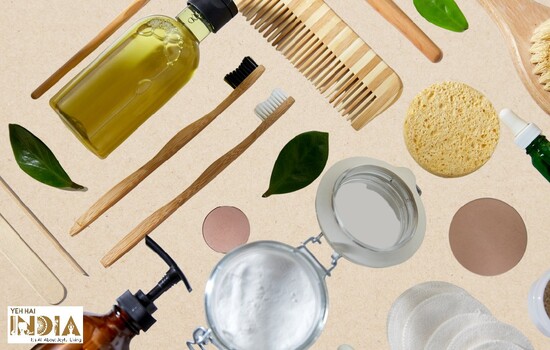
- People generally use coconut oil or sesame oil for oil pulling
- Oil pulling benefits the most when performed in the mornings before brushing and breakfast
- Make sure you sit upright with your chin pointed upwards while swishing the oil to avoid swallowing the oil or aspiration
- Typically, a tablespoon of oil is swished in the mouth for about 15 minutes three times a day before a meal. The trick is to not swallow the oil or aspirate it while swishing
- The swishing of the oil should be contained to just the oral cavity and not done in the throat.
- After 15-20 minutes of continuous swishing, the deposits on your teeth and gums should be pulled out and dispersed into the oil resulting in an opaque viscous fluid viscous
- Once the oil is spat out, warm water is used to rinse the teeth thoroughly followed by tooth brushing for cleaning the gums and teeth of any residual oil
- Oil pulling is not recommended to children below 5 years of age as the risk of aspiration or swallowing oil is high in younger children
- For children above 5 years of age, a teaspoon of oil is used and is done under the supervision of adults till they get the hang of the procedure
Mechanism Involved in Oil Pulling:
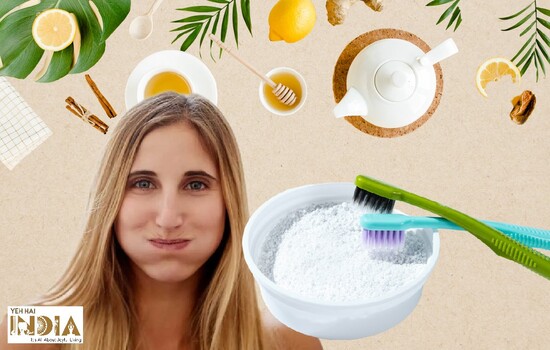
- Organic, edible cold-pressed oils are preferred for oil pulling, especially cold-pressed sunflower oil, sesame oil and coconut oil for their rich nutrient structure that help effectively pull out microorganisms from the oral cavity
- Cold-pressed oils are devoid of trans fats compared to many commercial oils, another great reason to employ them for keeping your oral hygiene in check
- Oil pulling is claimed to absorb the bacterial toxins and reduce corrosion of tooth surface
- The bacteria in the mouth have lipid cell membranes that get stuck to the oil and get eliminated
- The emulsification of the oil prevents further deposition of plaque-forming bacteria on teeth and gums thereby preventing all sorts of oral conditions including dental caries, gum diseases, etc.
- The procedure also provides relief from conditions like dry mouth, bad breath and works to maintain proper oral hygiene
Oil Pulling For Gum Inflammation
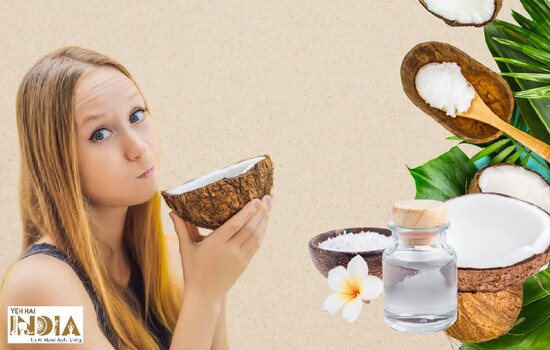
Many studies conducted to examine the benefits of oil pulling in promoting gum health have shown significant results including reduction of plaque formation and gingivitis (gum inflammation).
Consistently following this ritual for a period of 45 days is proven to reduce the harmful bacteria that puts our teeth and gums under the risk of developing problems like tooth decay, enamel corrosion and gum infections.
For this reason oil pulling is accepted as a trusted remedy to fix a variety of oral health problems.
Other Systemic Effects:
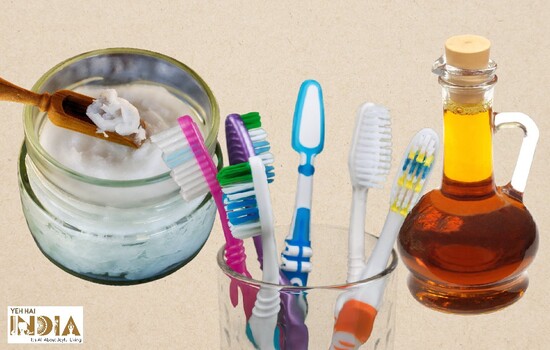
- Oil Pulling is claimed to help with the overall health of the body such as improving the metabolism and healing cells and tissues apart from the oral effects.
- This is however debatable as it has been established that the mucosal layer in the oral cavity is only semi-permeable. The toxins from the body or the oil cannot cross the oral membrane naturally.
- There have not been many studies conducted on the oral or systemic effects of oil pulling. Without proper evidence, the general health benefits of oil pulling cannot be verified.
Advantages Compared to other Mouthwashes:
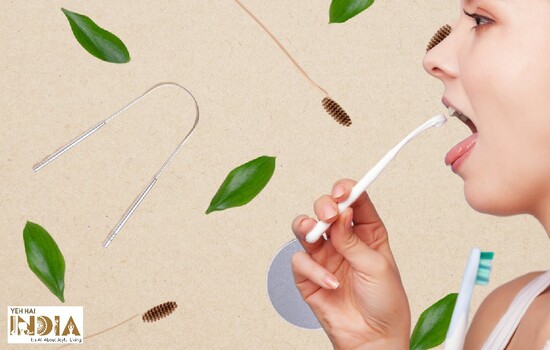
- Mouthwashes containing chlorhexidine, stannous fluoride and phenols that are generally prescribed and easily available at pharmacies cause brown staining on teeth and gums. For some people, there is risk of allergies and an undesirable taste is left behind after gargling. However, with oil pulling no such effects or stains are left on the teeth and it can safely remove built up residues on the surface of teeth and gums
- Coconut oil contains monolaurin that causes bacterial death. It also has anti-viral properties.
- The lauric acid from coconut oil also helps with mouth sores.
- Coconut oil also has Sucrose monolaurate helps prevent caries in teeth. It is also important to understand that brushing, oil pulling or any other oral hygiene practice cannot cure caries that have already affected a tooth.
- Olive oil has a lot of essential constituents that possess antimicrobial, immunomodulatory and antioxidative properties.
- Olive oil also helps in managing bad breath.
- Sesame oil contains many similar properties to that of Olive oil. It has antibacterial effects along with antioxidant and detoxification properties.
Reasons for Non-Adherence:
- Non Compliance – A lot of people lose interest or out of boredom fail to continue with the practice after a certain period of time
- People don’t tend to follow the instructions to floss or use a Waterpik that essentially takes less than a minute. So convincing people to spend 15 – 20 minutes swishing oil every day does not appear realistic
- Jaw muscles can get tired following 15 minutes of continuous swishing
- Some people find the idea of swishing oil in their mouths uncomfortable
- Also, doctors and dentists don’t generally recommend the practice
- Risk of Lipoid Pneumonia – Aspiration of Oil (not swallowing) is dangerous as the oil can enter respiratory organs when precautions are not undertaken
- To people who require published scientific evidence, we are sorry. You will not find any internationally recognised journal with a high impact factor. This could be due to: Poor study design; Lack of control groups; Incorrect statistical analysis and Bias against the concept
Summary:

Oil pulling cannot be considered as a standalone practice for oral hygiene maintenance. As an adjunct to regular oral hygiene practice, oil pulling works generally as long as it is practised every day.
The method of swishing for 15 minutes tends to be inconvenient or unpleasant for many people and there is no proper scientific evidence for the claimed general health benefits received from following this method for fifteen minutes or more.
To start with, you can try this method for five minutes only and then work on increasing the duration to ten and then fifteen minutes only after you become used to the procedure to prevent the risk of aspiration and lipoid pneumonia that might accompany this ritual if you fail to adopt the prescribed measures.
There is little modern scientific evidence available to support all the claims made about Oil Pulling and it being better than CHX mouthwashes or brushing when it comes to plaque reduction.
Nevertheless, Oil Pulling is a fail-proof method to keep your teeth and gums clean. It also helps exercise your facial muscles and helps proper drainage of lymphatic fluids which in turn make you feel energetic and full of life.
Give a perfect start to your day by incorporating oil pulling in your daily hygiene ritual and say goodbye to bad breath and swollen gums.
Also Read – Tegut Tea Tree Essential Oil: Product Review


